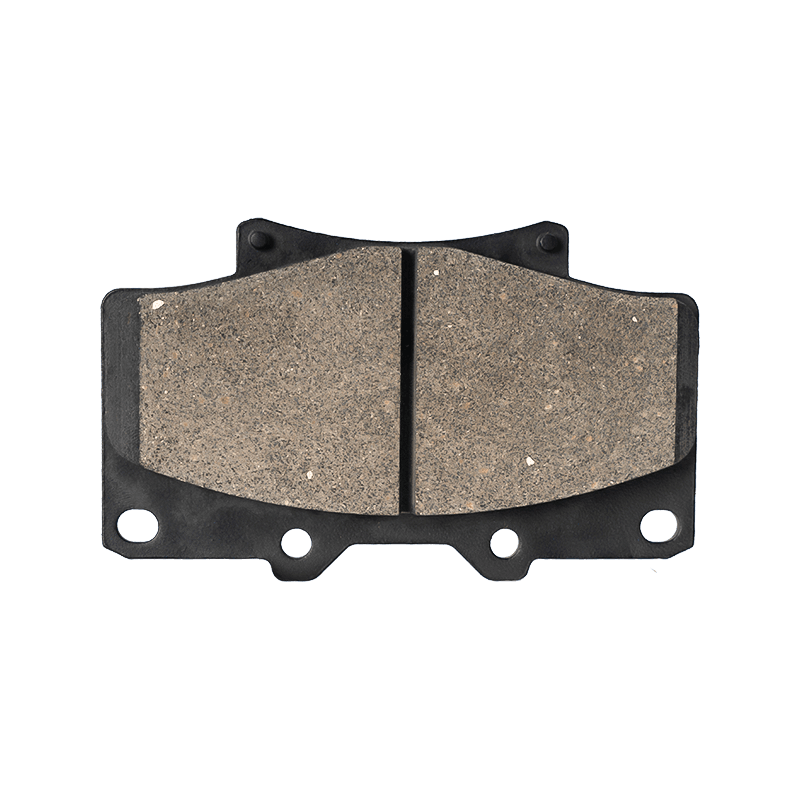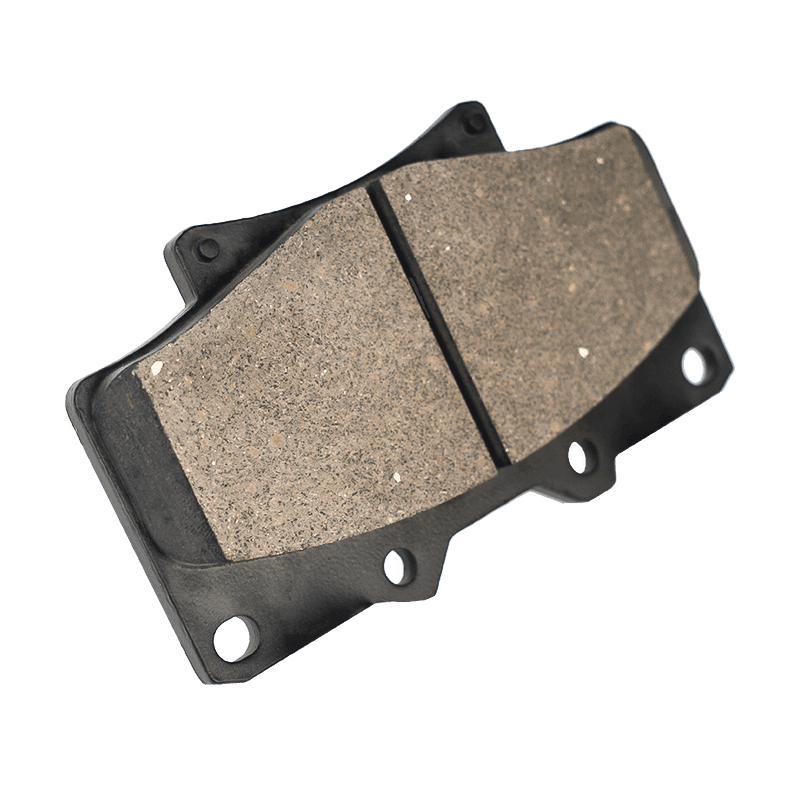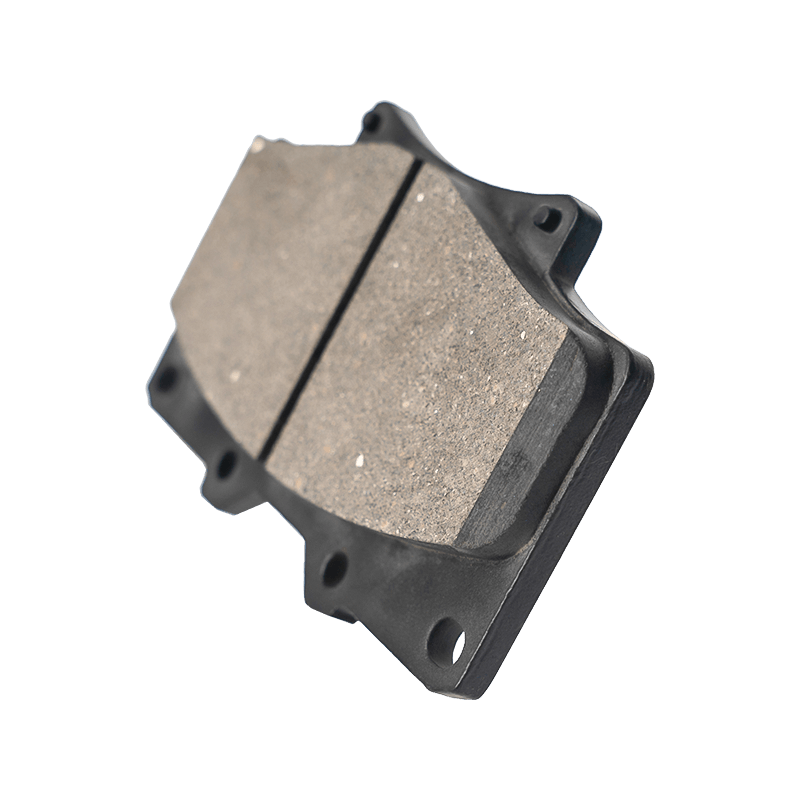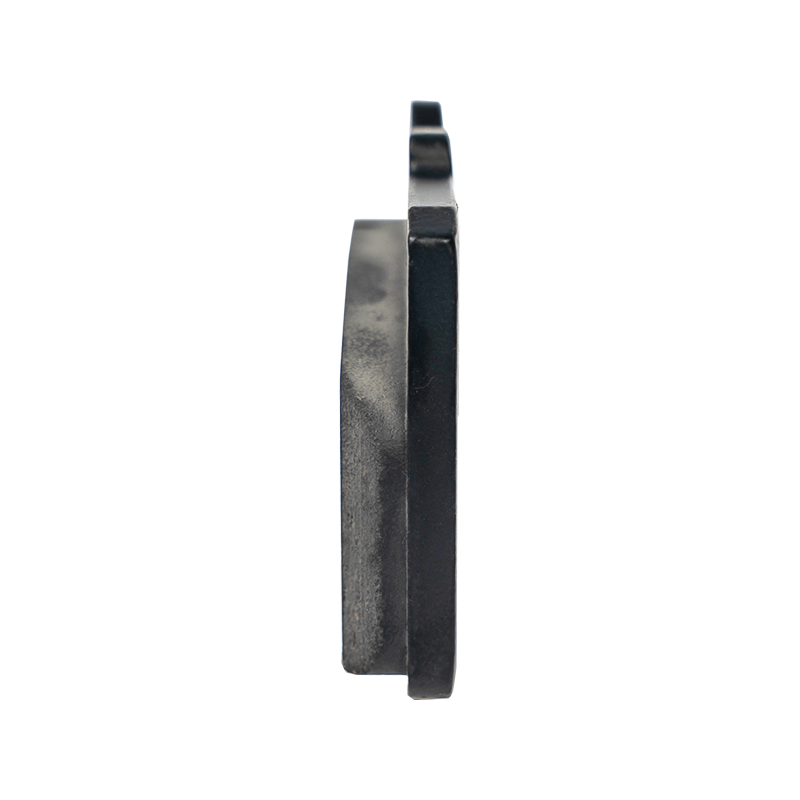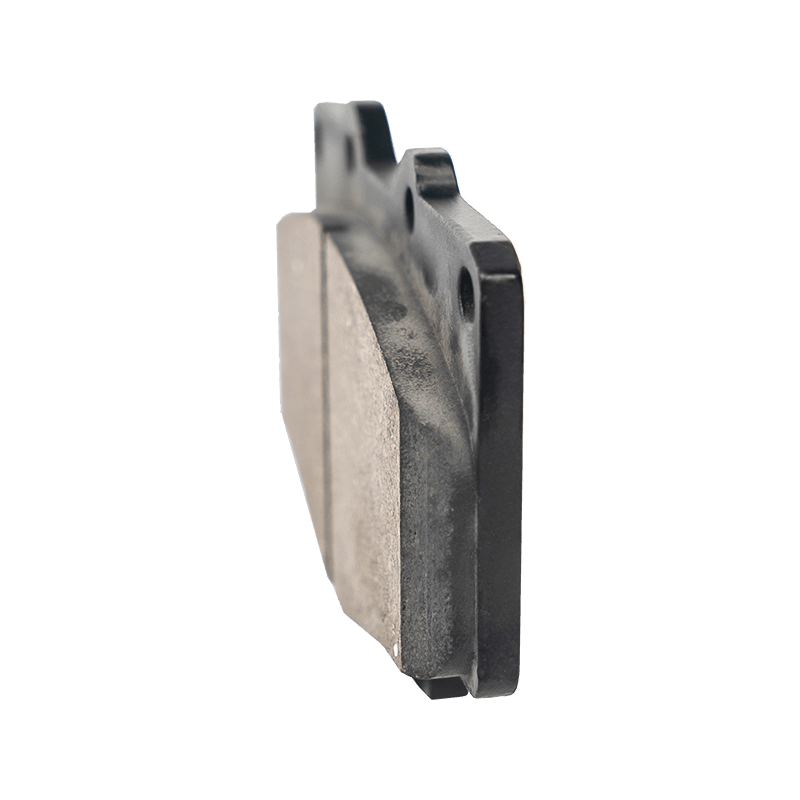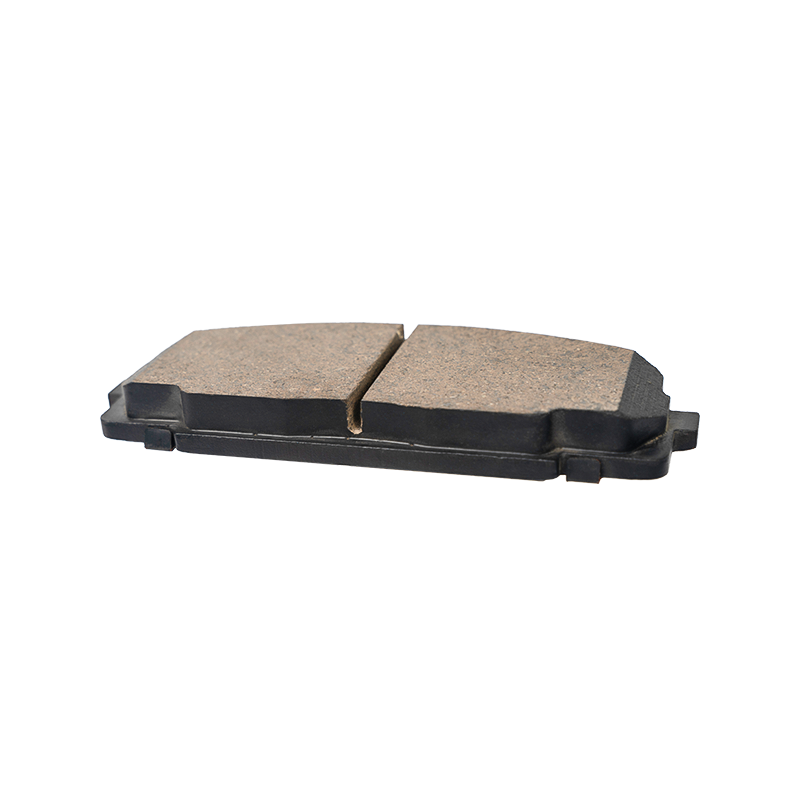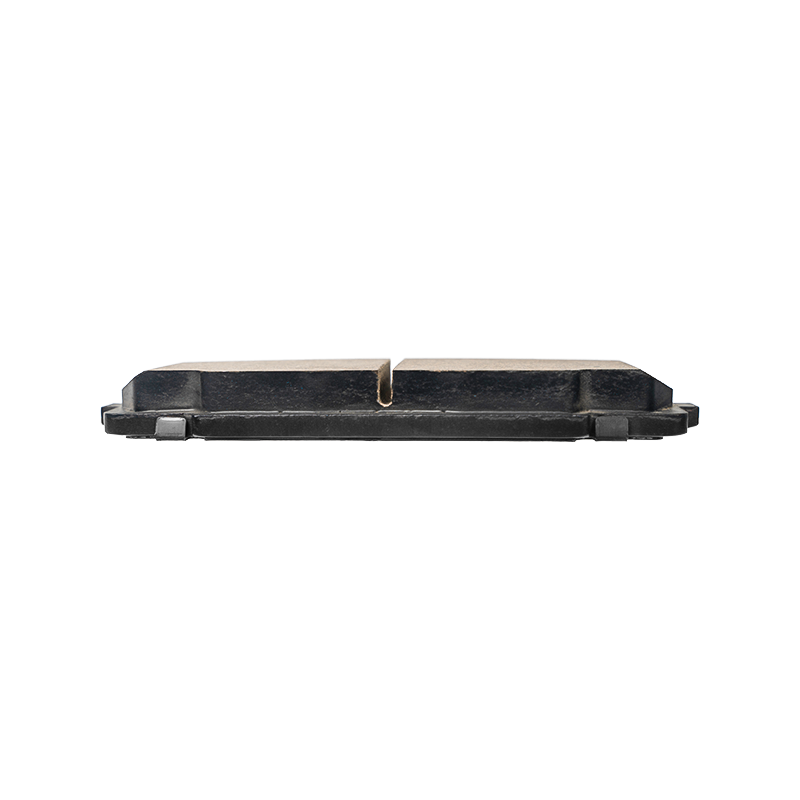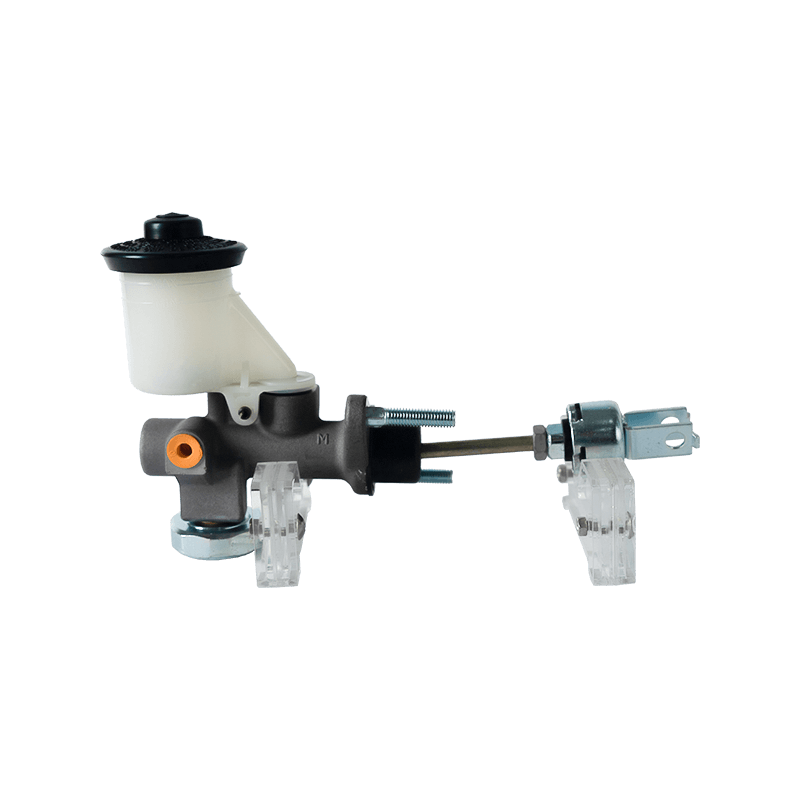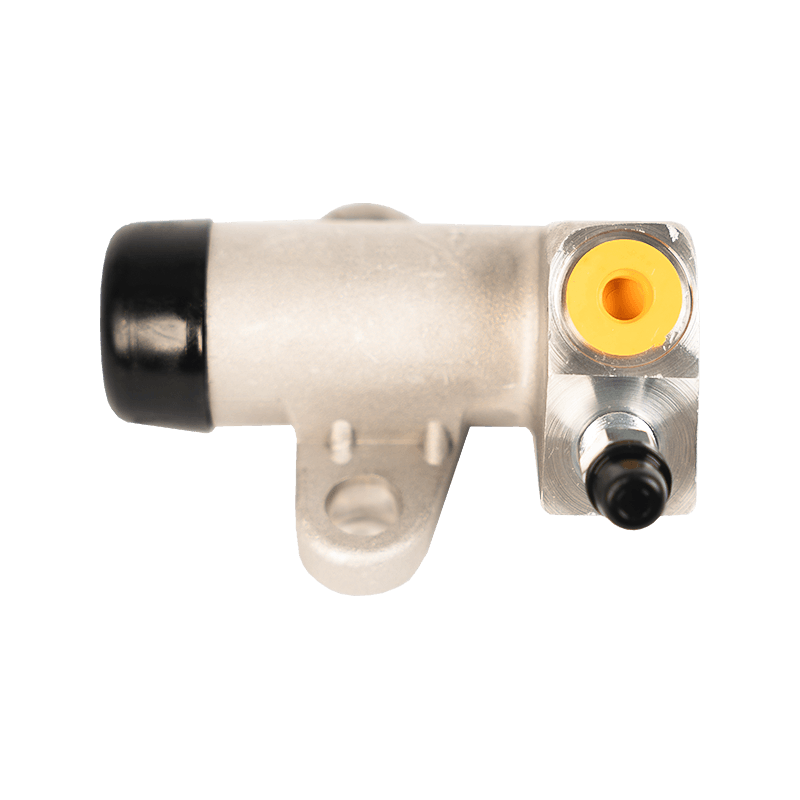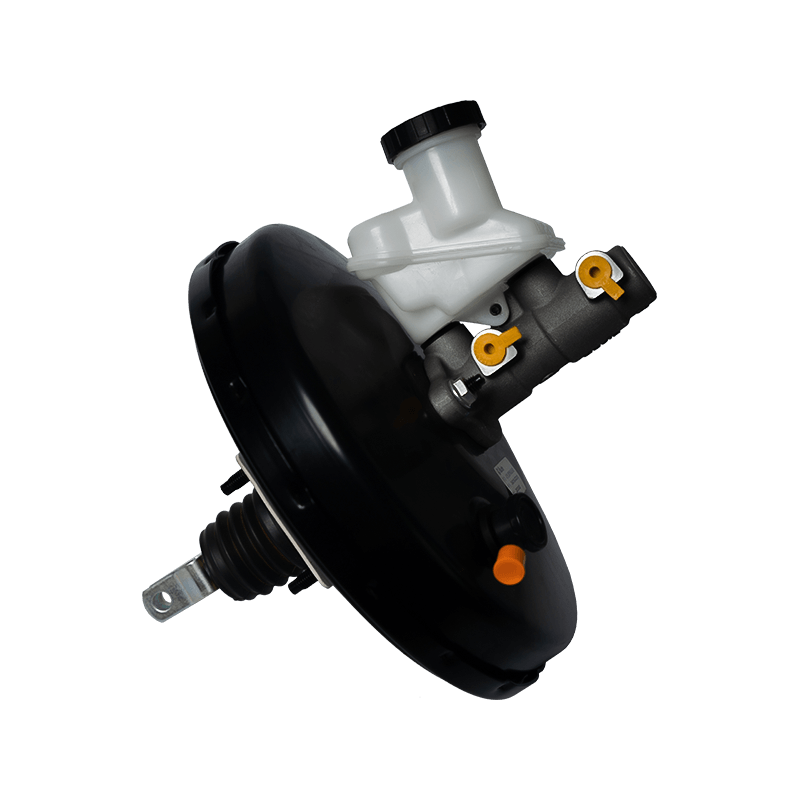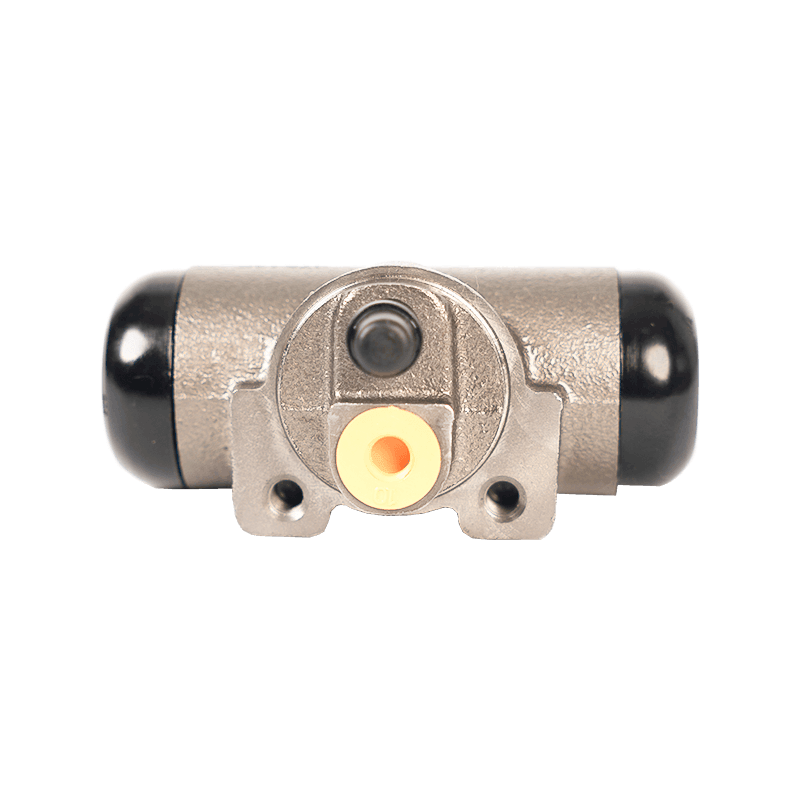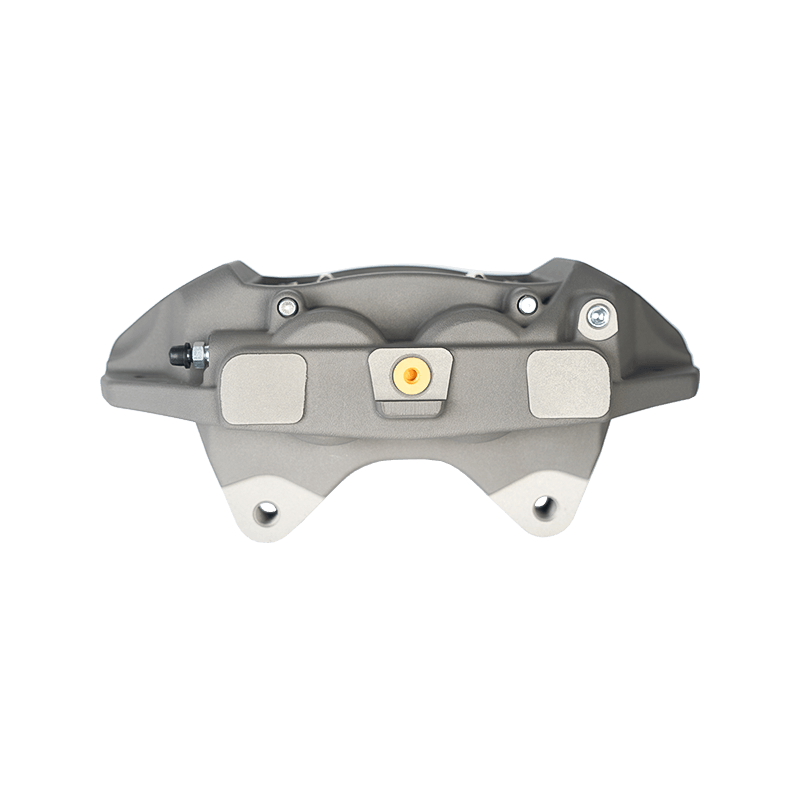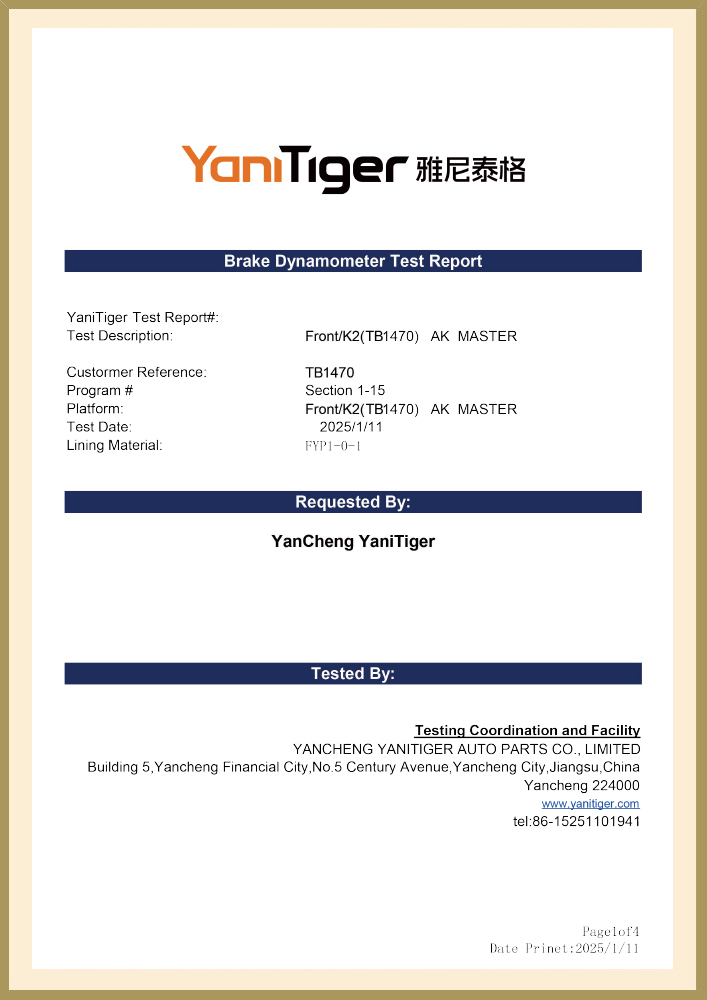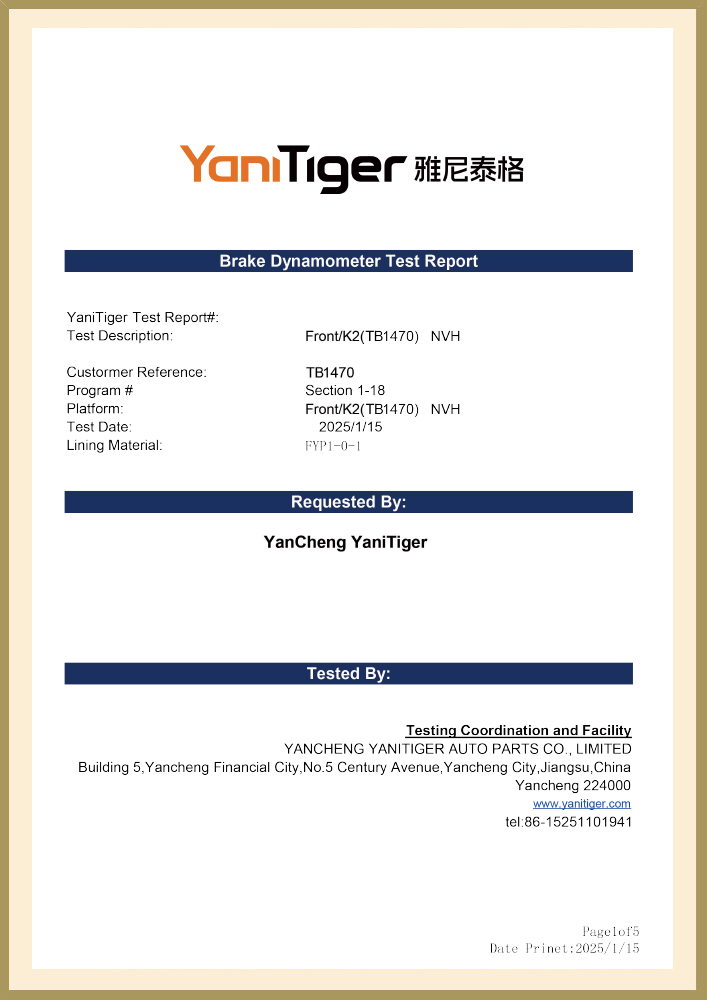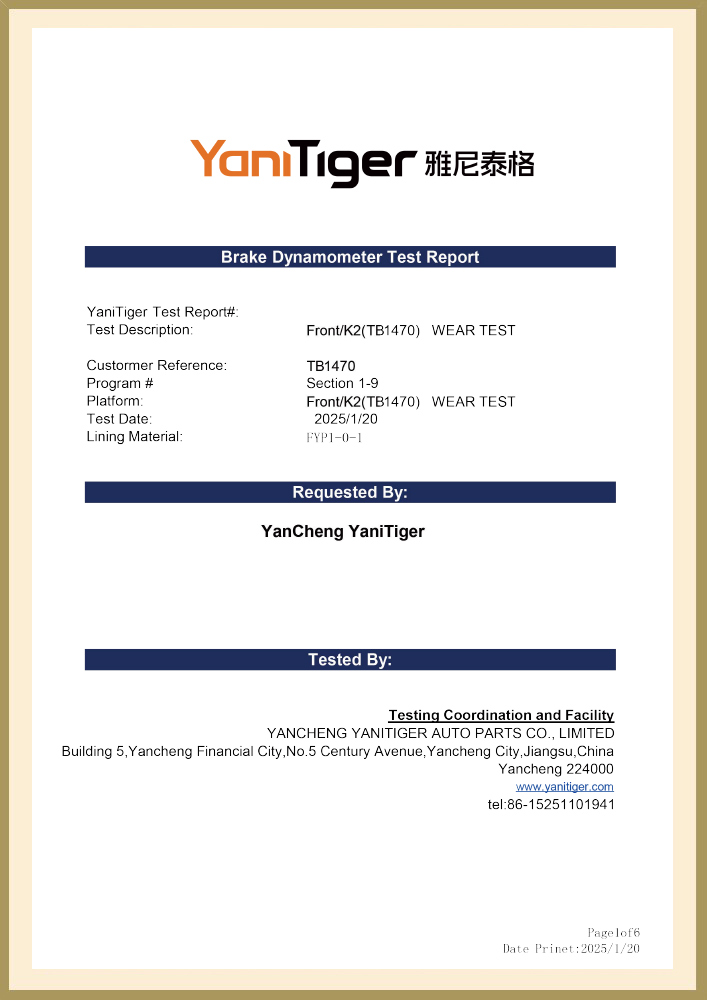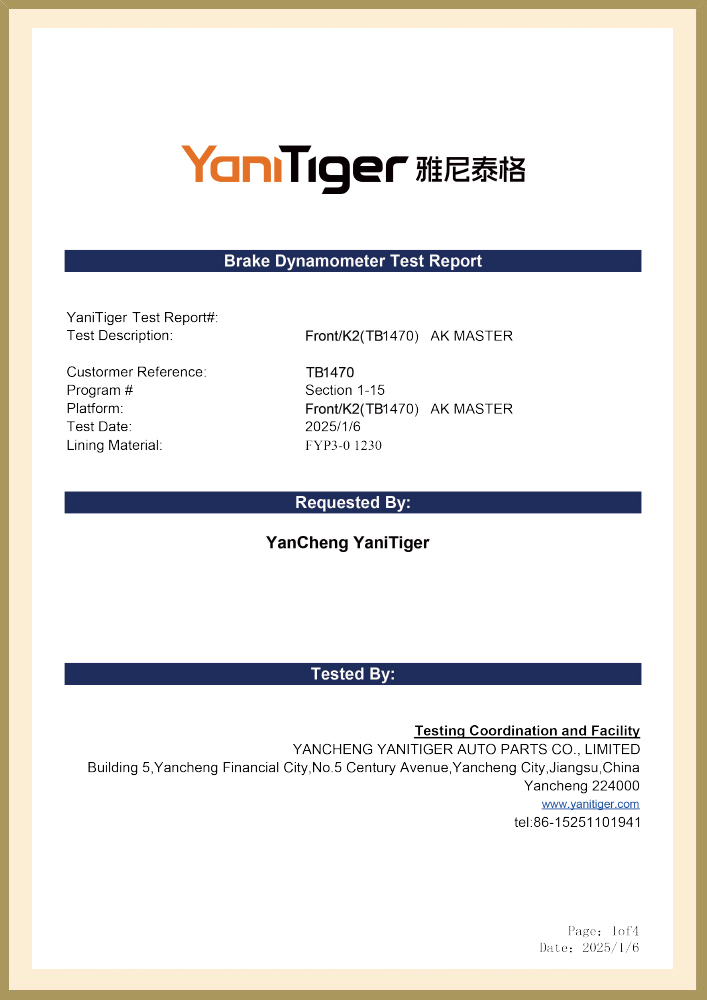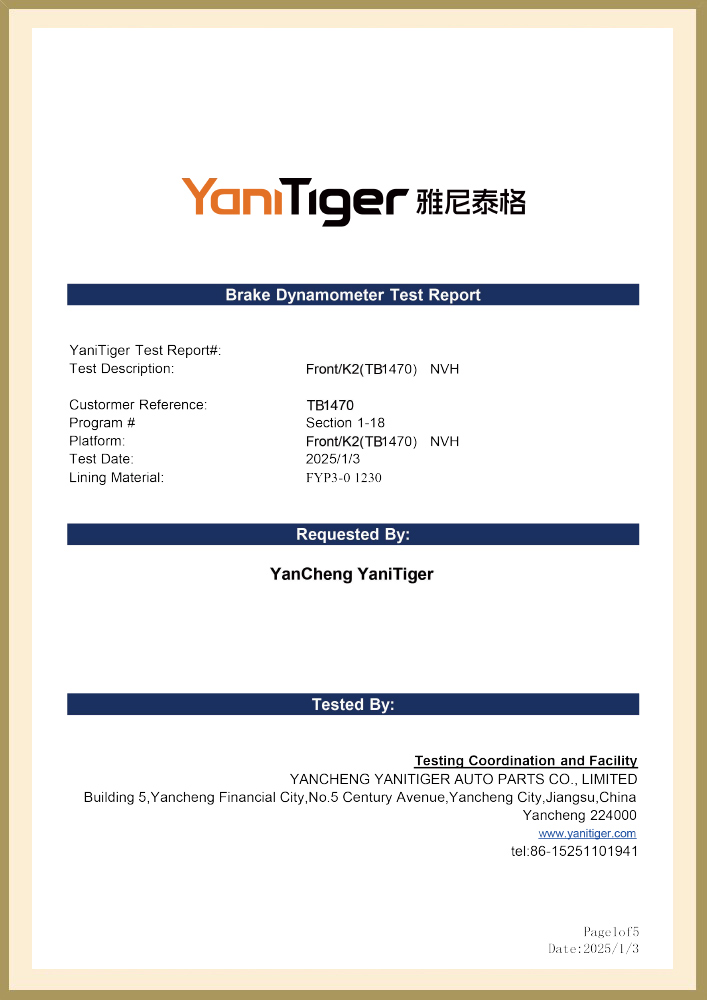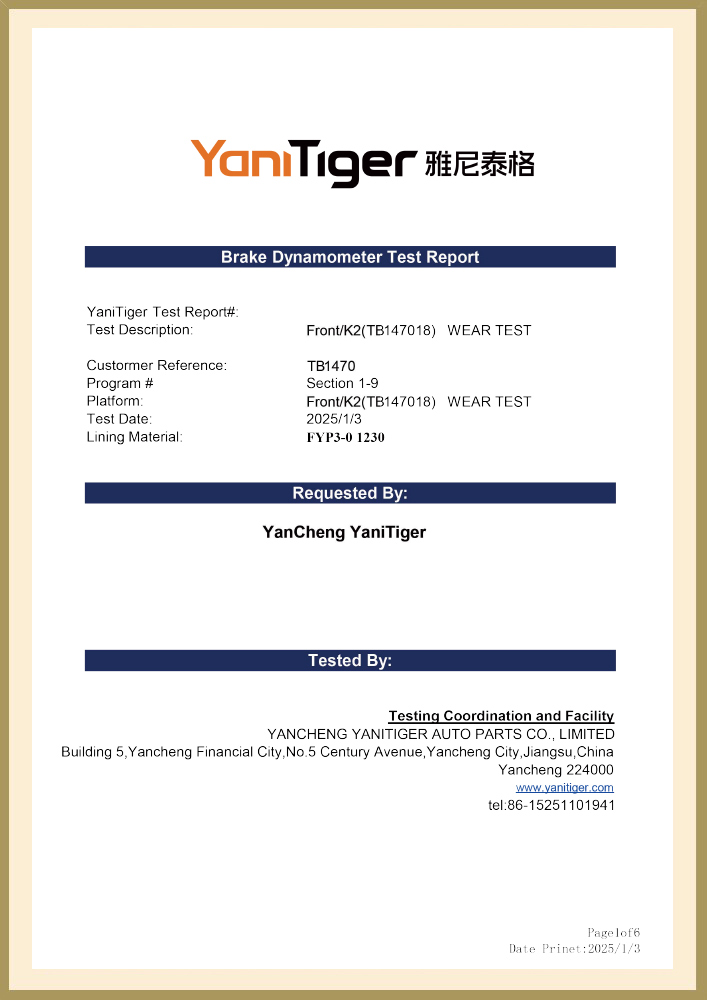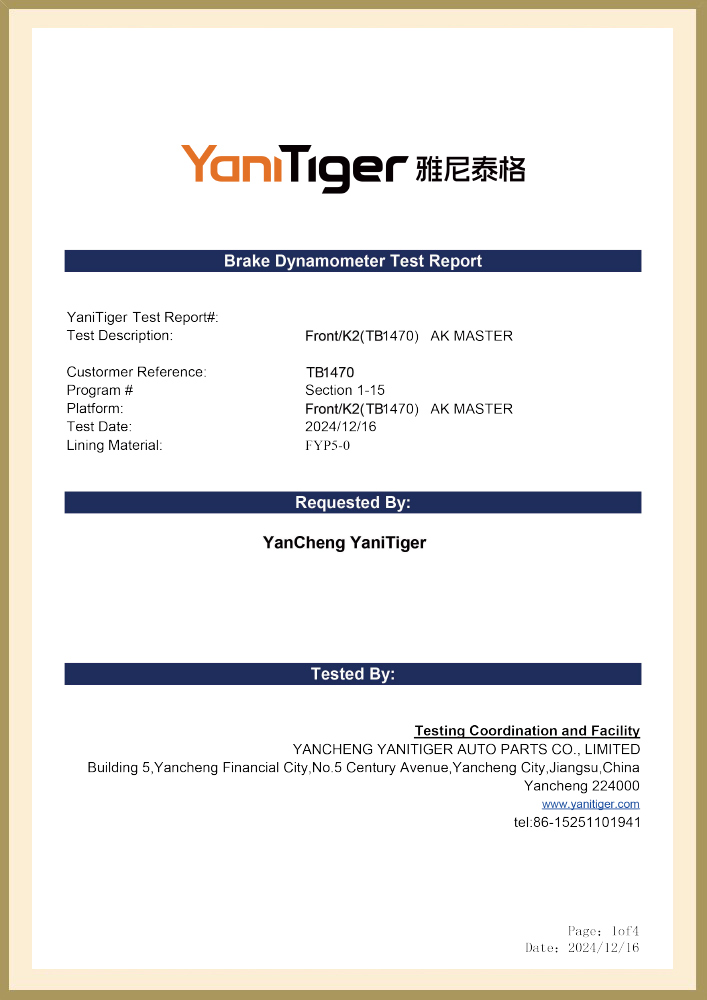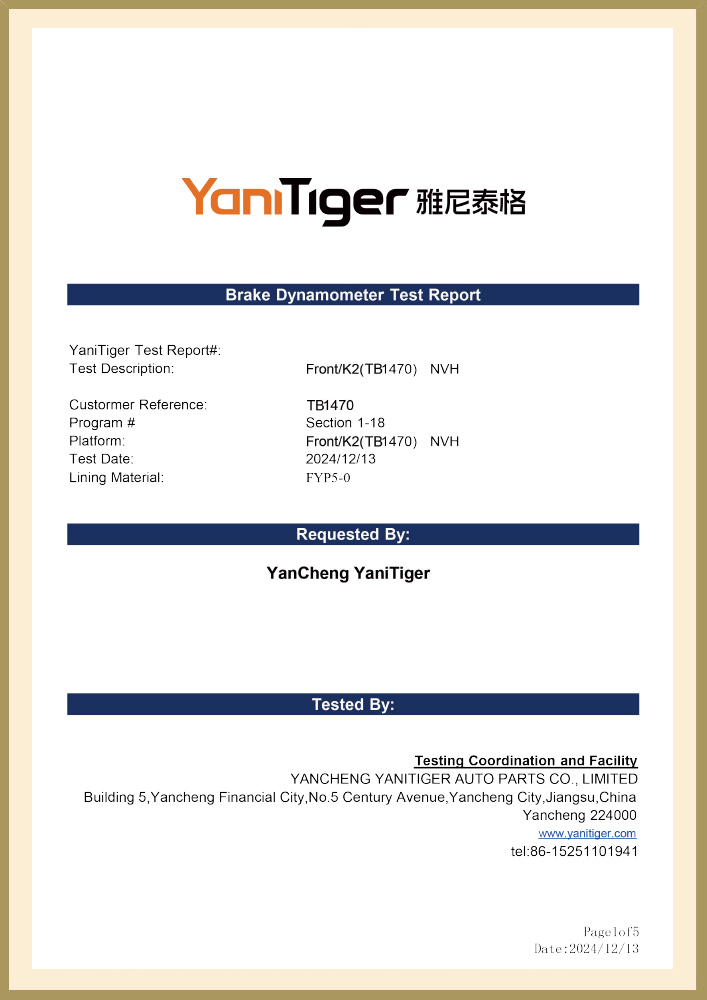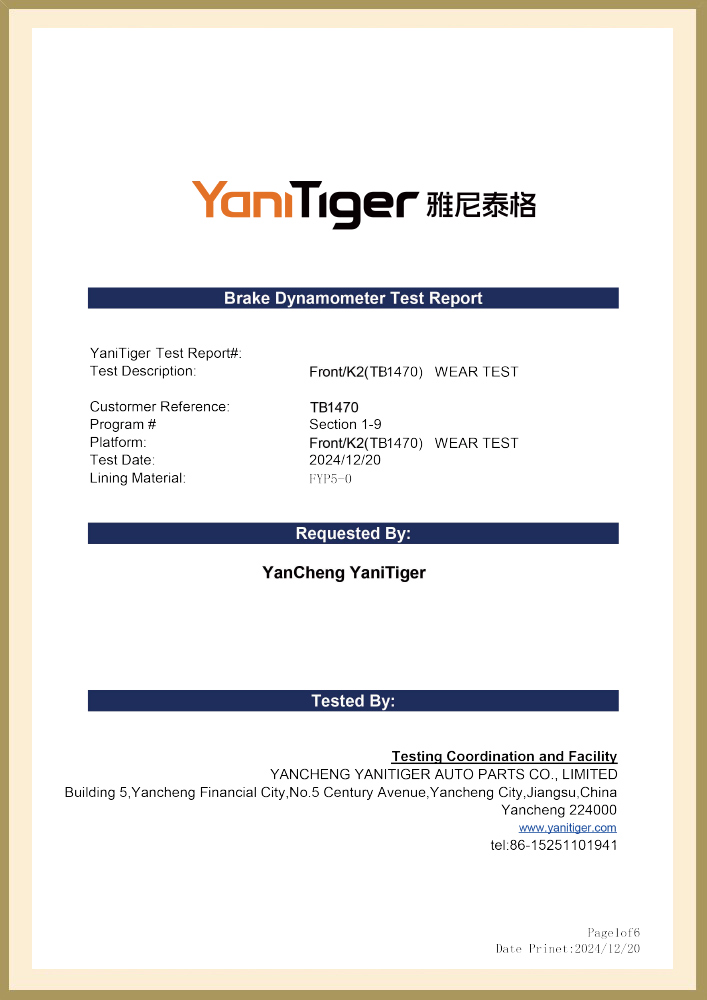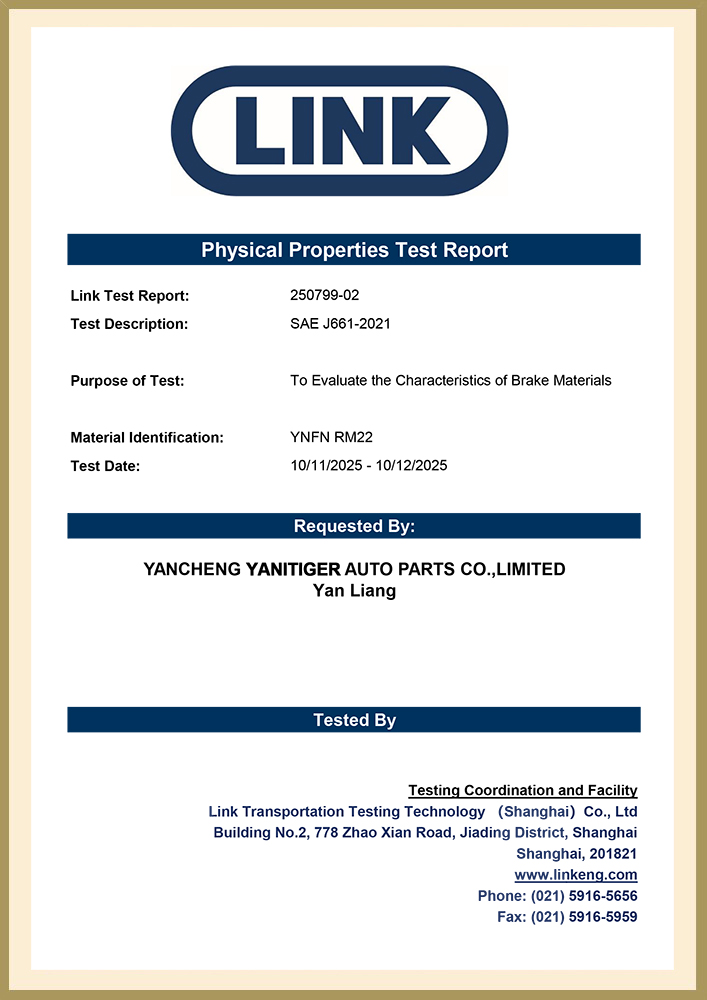0449135160 Disc Brake Pad for Foton Toyota Volkswagen
It's a component of disc brakes used in automotive and other applications. Brake pads are composed of steel backing plates with friction material bound to the surface that faces the disc brake rotors.
|
OE NO |
0449135160 |
|
MODEL |
Foton Toyota Volkswagen |

Specifications
KEEP IN TOUCH
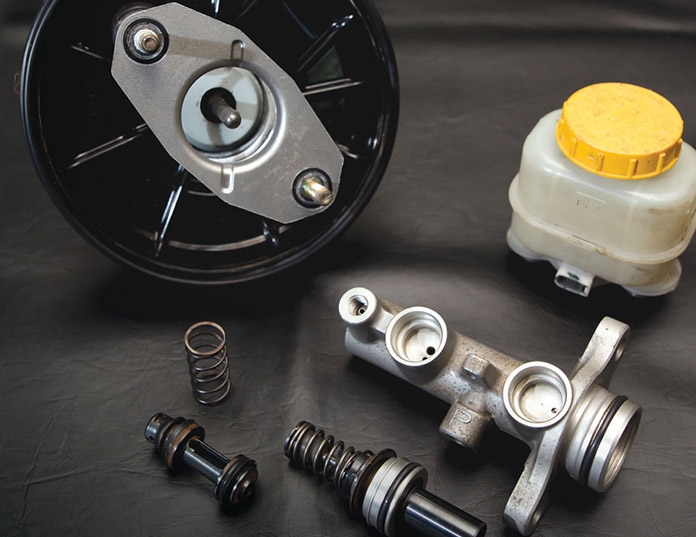
We have more than 1,000 brake shoes and brake pads for European, American, Russian, Japanese and Korean cars. The associated factories have created a highly experienced manufacturing team that exports thousands of auto part products worldwide. High quality and competitive prices are our targets. Our products have gained the certifications of ISO9001 and TS16949. We have built up a solid reputation with our customers in more than 30 countries.
We are looking forward to having a brighter and more successful business in the near future together with all of our clients all over the world.
-
The braking system is one of the most important safety systems in a car. Ensuring the normal operation of the brake pads is not only crucial for drivi...
READ MORE -
Brake pads, as one of the core components of a car's braking system, play a crucial role. They directly affect the vehicle's braking performance and d...
READ MORE -
Brake pads are undoubtedly one of the most important safety components in car maintenance. Among the many types of brake pads, ceramic brake pads and ...
READ MORE -
The hydraulic braking system is one of the most critical safety components of a car, and the master cylinder (brake master cylinder) is the "heart" of...
READ MORE
0449135160 Disc brake pads have become the core components of modern vehicle safety braking systems with their excellent material science and engineering innovation. This product is suitable for a variety of mainstream models. Through the optimized ratio of composite materials and precision manufacturing processes, it has achieved multi-dimensional breakthroughs in braking performance, durability and environmental protection.
The disc brake pad is based on modified phenolic resin, and incorporates graphene-reinforced carbon fiber and silicon nitride ceramic particles to form a gradient-distributed honeycomb pore network. The Mohs hardness of the surface ceramic particles reaches level 9, which can effectively reduce the wear rate of the brake disc, while the middle stainless steel fiber network significantly improves the thermal conductivity. The product forms a self-lubricating protective layer at high temperature through the synergistic effect of cerium oxide and lanthanum oxide. The dynamic friction coefficient is stable in the range of 0.40-0.45, and the thermal decay rate is still less than 8% even under special working conditions of 800°C.
The innovation of production technology is the core advantage of this product. The double-stage hot pressing technology is used to pre-press at 160°C to form a porous skeleton, and then the secondary curing is completed at 230°C under high pressure, and the material density is increased to more than 98%. In actual application, 0449135160 shows all-weather adaptability. Its J-shaped grinding twill and four-layer glued silencer design suppresses the braking noise below 45 decibels, which is particularly suitable for quiet driving scenes in cities.
 Search
Search
 Eng
Eng 
 English
English Español
Español Português
Português


